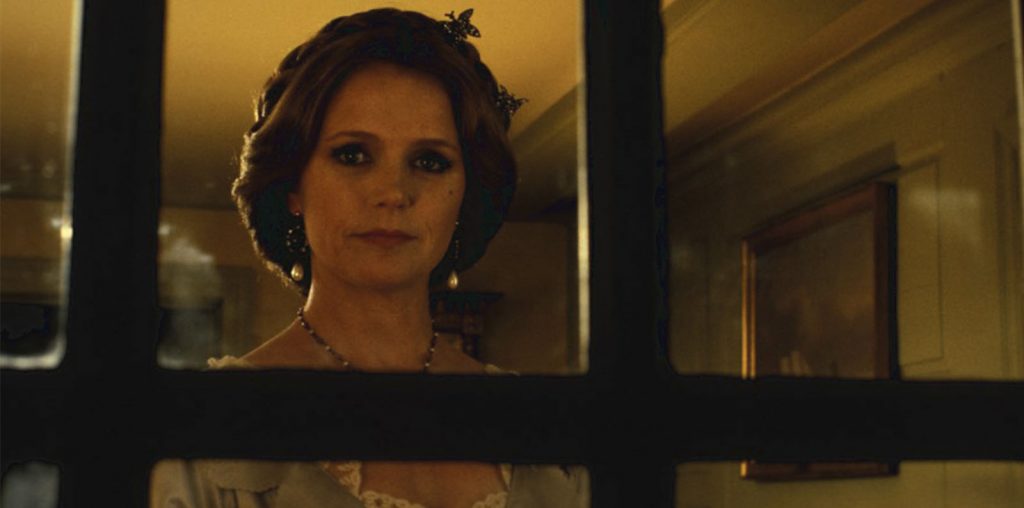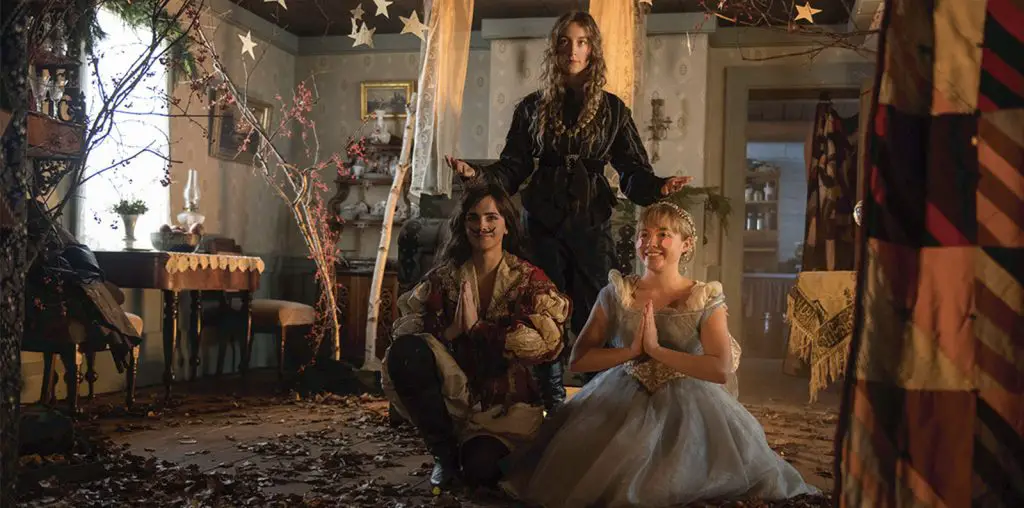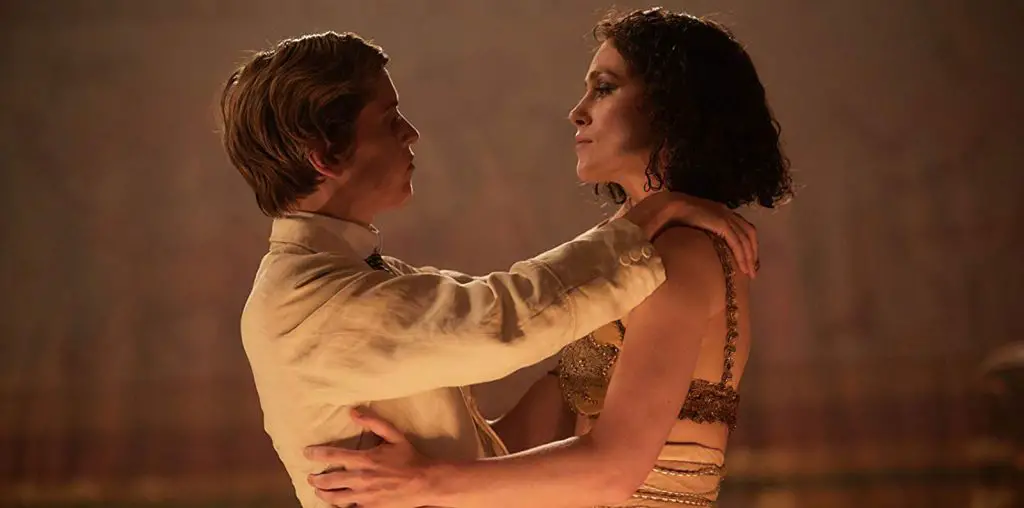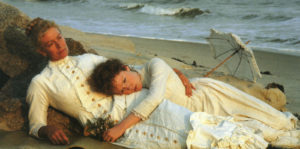
The elegant costuming fits Merchant and Ivory’s idea of character and attitude, defined by corsets and layered clothing that is ornate and seemingly restricted and uncomfortable. It symbolizes the overabundance of bourgeois life and class separation by a greater society rather than an authentic existence. There is a point where Dr. Prance uses the phrase “queer” as an indirect metaphor for what is happening in The Bostonians that no one wants to address. Olive seems to be the sense of reason for the whole film, and Basil flows from her to Miss Birdseye as a respected man, although he intends to capture Verena rather than let her have expression and exist on her terms.
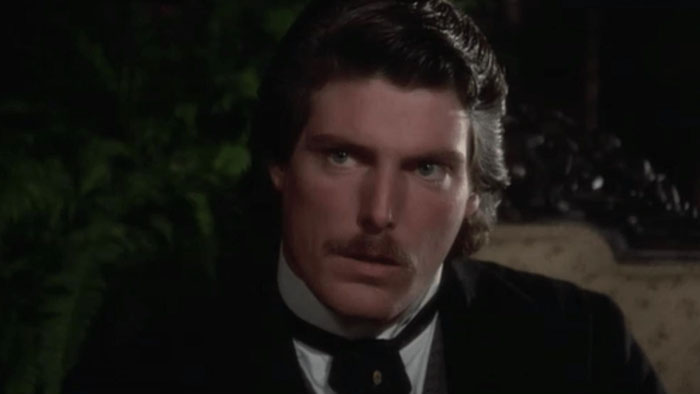
“[Redgrave] owns her character…”
The underlying tensions are just that. Perhaps in 1984, the viewing audience was not ready for binary relationships between men and women or single-sexed ones either, especially in such high-profile social worlds, where one’s gain is another’s loss. Yet, in 2022, it’s obvious something was evolving in The Bostonians, even if it’s not entirely understood or presented believably and respectfully. Reeve’s haughty, male-dominated, and obsessed character is a bit bizarre and hard to take, especially with his southern accent. However, much has changed for this type of man in the 21st century, but it was just so at the time.
What makes The Bostonians fascinating to watch in 2022 as opposed to 1984 is knowing that the film was made with film, so it has an artful richness to the light and motion where imperfections are embraced, which are lost in today’s digital filmmaking. Although the film is basic in its production and camera work, the story is not without profound depth in the concept that the battle continues to rage for women to have equal rights and freedoms with men no matter the time and place.
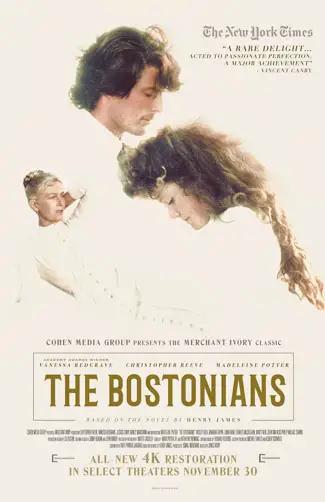
"…a complex film, perhaps ahead of its time..."
